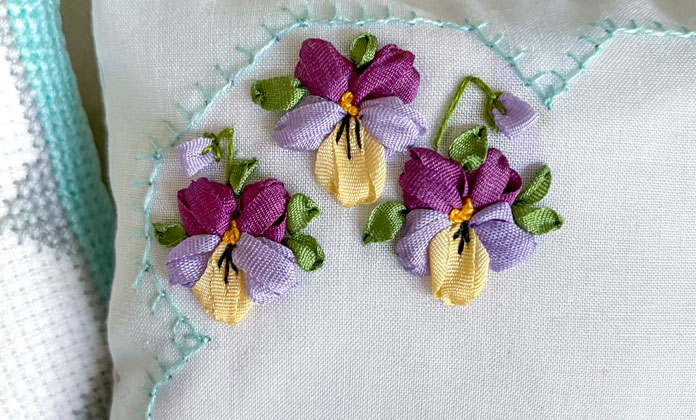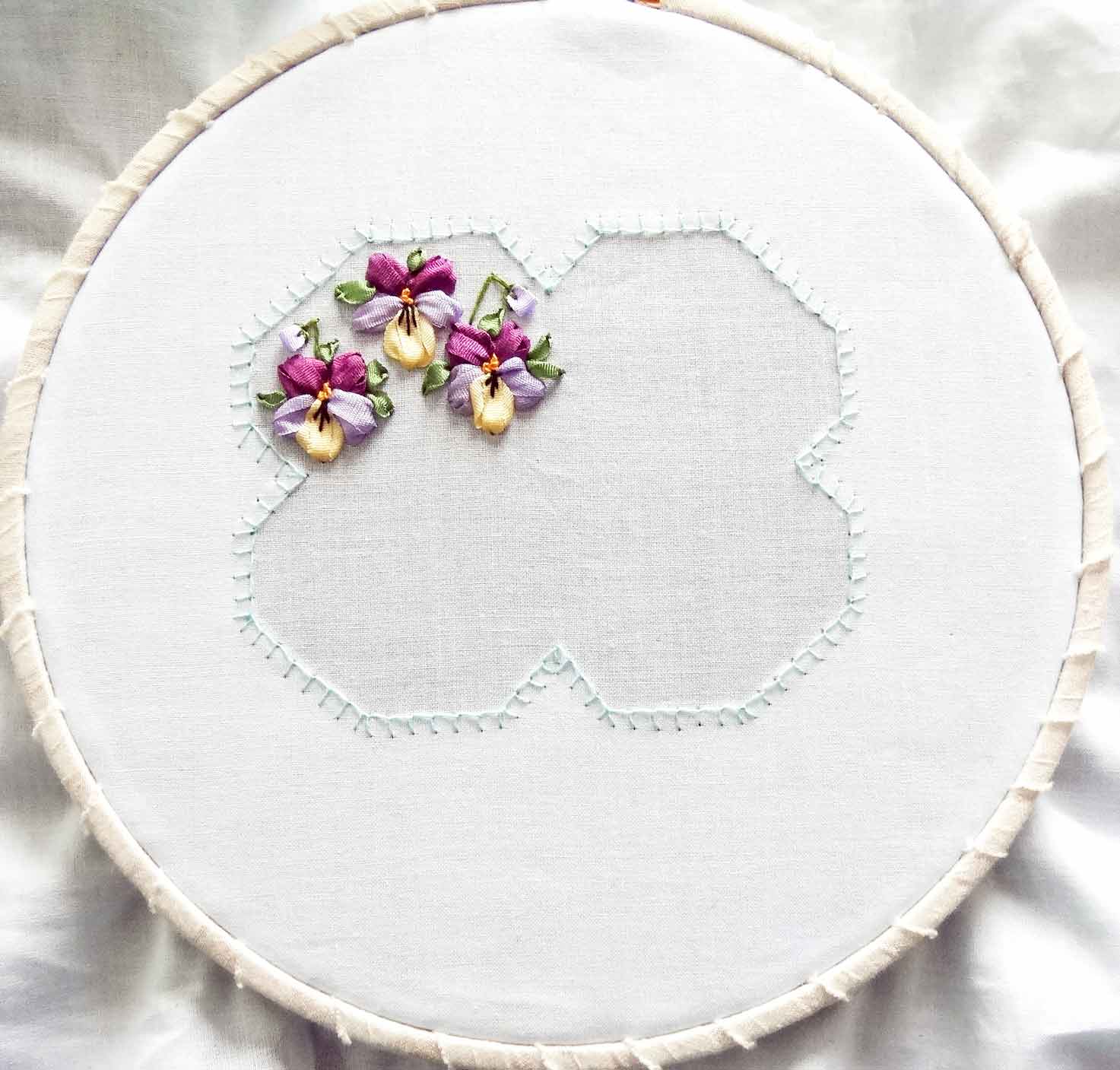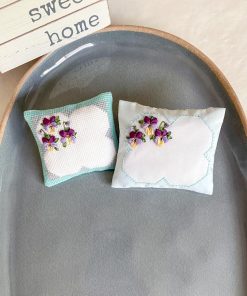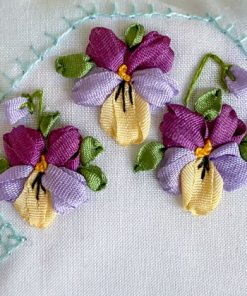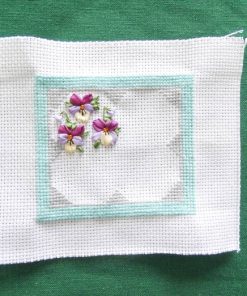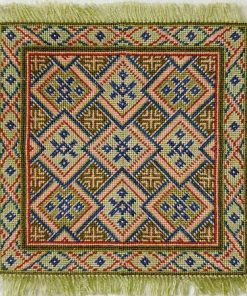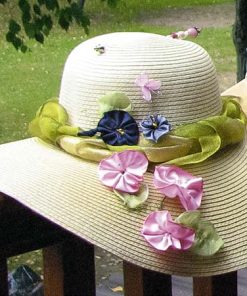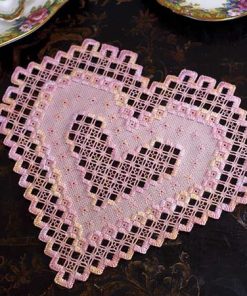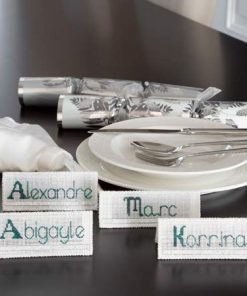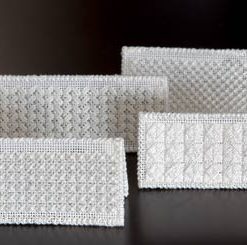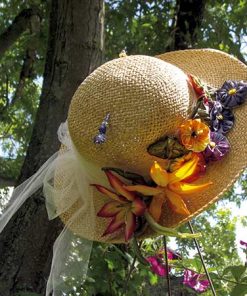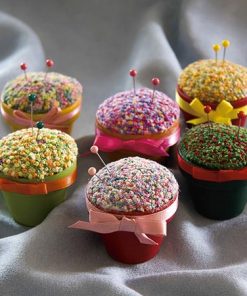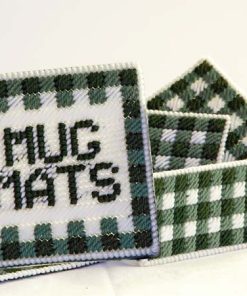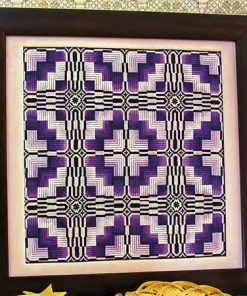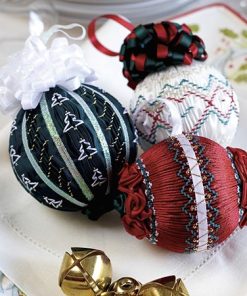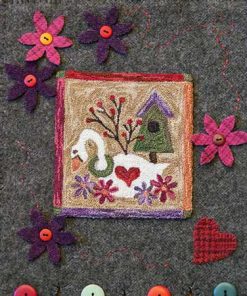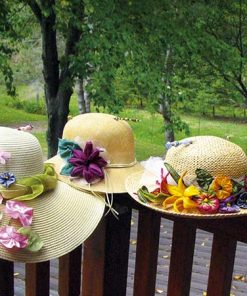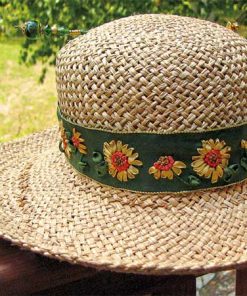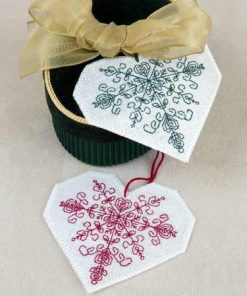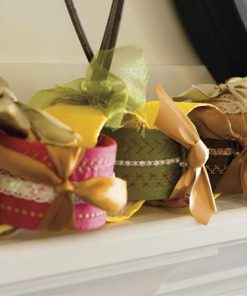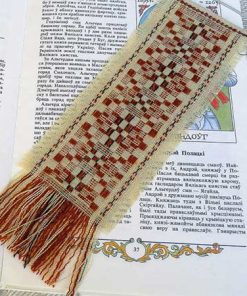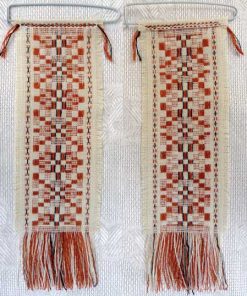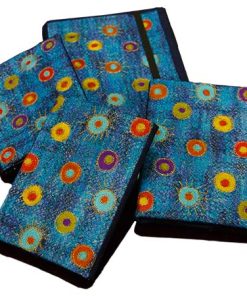The Lowly Pincushion
US$6.95
A pattern for a hand-embroidered pincushion with two optional designs: one is cross stitched the other is reverse appliqué; both have silk ribbon embroidered pansies. Exploring the history of the lowly pincushion helps to realize that so much has been written about it.
Pins and needles were rather crudely made, rare and cherished items for centuries, so great care was taken for their storage. It wasn’t until sometime in the 14th century that they began being produced in factories in Europe and later in volume in England and in 1824 in the United States. The safety pin was invented around 1877 saving babies from bloody diapers.
Pincushions or ‘receptacles’ varied greatly in size and shape. The Victorians, masters at prolific, elegant decoration, created them in every conceivable container from silver filigree boxes to miniature boots, to very collectible ‘disc’ styles with pins placed in the ‘filling’ between the discs, to souvenir Scottish Tartanware and even place them on top of their sewing birds. They would spell out messages with specially made pins to celebrate weddings, friendships, births, and even deaths. Messages like ‘Welcome little one’, or ‘May you be happy”.
Soldiers (tailors) during the Crimean War were known to produce elaborate ‘message’ cushions to fill their time. These would be sent home to a loved one or brought home upon their return. Sailors were also known to make these message pincushions to fill their time at sea. All these are very collectable and rare.
Today we may think of the red tomato pincushion and its emery-filled strawberry with fond memories of our mothers but there is so much more. This article is an attempt to bring to our stitchery some of the elegance of the bygone days. Two styles of pincushion have been given, one in cross stitch, the other in reverse appliqué.
skill level Intermediate to Advanced
finished measurements
cross stitch sample finished size of exterior 3⅝” x 3¼”
reverse appliqué finished size of sample interior 3⅜” x 2¾” ≈, exterior 4⅜” x 3⅝”


